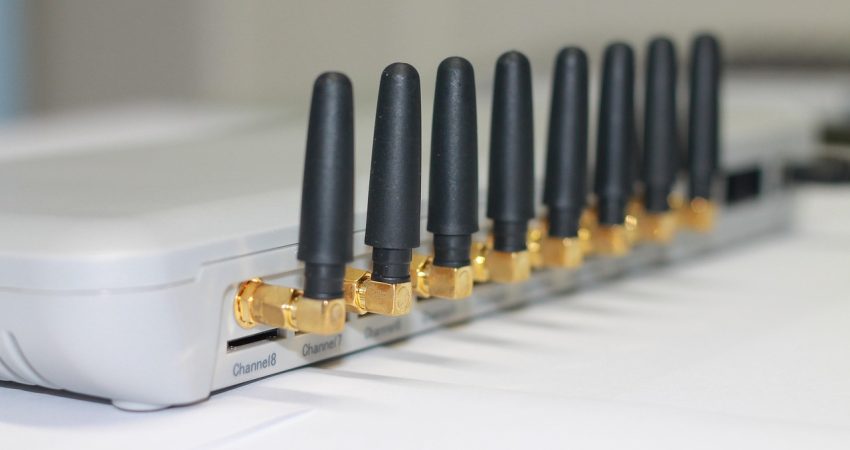
Artificial intelligence (AI) is at a turning point which has seen great breakthroughs in particular within the fields of image and voice recognition. At the heart of these changes are neural networks which we have designed to model the brain’s function and structure. Also it is with the use of neural networks that we see improve accuracy of these techs also we see growth in their use across health care, security, retail and entertainment.
Understanding Neural Networks
Neuro networks are a part of machine learning that which present the feature of pattern recognition and data interpretation through what we may term as “neurons” which are in fact layers of inter connected nodes. Each of these nodes processes info and passes it along to the next layer thus enabling the network to identify complex relationships within the data. Through use in very large data sets neuro networks are able to identify very detailed patterns which in many cases traditional algorithms will not be able to put their finger on.
Transforming Image Recognition
In the field of image recognition Convolutional Neural Networks (CNNs) have transformed the play. CNNs are designed to work with visual data which they do so by automatically identifying features like edges, textures and shapes. This feature has made them very effective in applications such as:.
- Medical Diagnostics: Neural nets which are used for the analysis of medical images at a very high accuracy level are also what we see to identify tumors, fractures, and other abnormal conditions which in turn support radiologists in early and precise diagnosis.
- Facial Recognition: Technologies in the fields of smartphones, airports, and law enforcement are using neural networks to identify and match facial features in large databases.
- Autonomous Vehicles: Image identification which self-driving cars use to recognize obstacles, traffic signs, and lane markings as they happen, which in turn reports back for safer navigation.
These has seen great improvement in terms of speed and precision which in turn has made the systems more efficient and reliable across many sectors.
Revolutionizing Voice Recognition
Also in that regard we have seen great improvement in voice recognition by neural networks. Recurrent and Long Short Term Memory networks in the case of RNNs and LSTMs do very well with sequential data which is what we find in speech. Also what we see is these models’ ability to understand not only separate words but also the play they have in the context of a full scale human language.
Applications include:
- Virtual Assistants: Tools at present which include Siri, Alexa, and Google Assistant are very much into the use of neural networks to improve and in turn better respond to voice commands.
- Customer Service: Automated call centers are using AI which is in all of the systems to identify what customers are saying and they are responding in a very human like way which in turn is reducing wait times and improving satisfaction.
- Accessibility Tools: Speech-to-text tools and real time translation services are a great help in bridging communication gaps for people with disabilities as well as for those that speak different languages.
Through continuous improvement with each new input voice recognition systems are becoming more natural, conversational and context aware which in turn makes interactions smoother and more intuitive.
Future Possibilities
As we see growth in the complexity of neural networks, we are at the cusp of great change. We have seen with Generative Adversarial Networks (GANs) which are breaking the what is thought possible for machine perception and production. Also we are to see the increase of edge computing which will see image and voice recognition do more at the point of use thus improving speed and privacy.


